Curious Questions: How do you make perfect – absolutely perfect – scrambled eggs?
For such a simple dish, there's a dizzying lack of agreement about how to make scrambled eggs properly. But after an extensive test, the best way of making them has now been revealed – and thankfully, it's refreshingly simple.
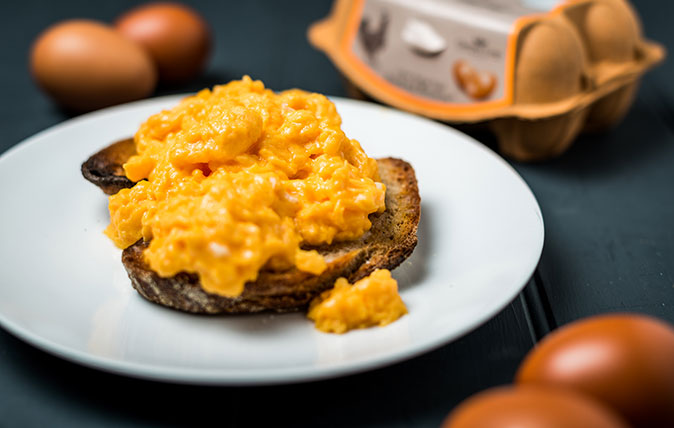
Making scrambled eggs is ludicrously easy. Crack them in a pan, bash them around a bit, perhaps with a bit of butter and maybe a splash of milk, then slop them out on a plate. If even that seems too much like hard work, you can do them in a microwave oven.
The only problem? Making scrambled eggs in either of these slipshod manners will most likely result in something thin, tasteless and disappointing. And it was after one disappointing dish too many that food critic William Sitwell decided to do something about it: he decided to hold a competition, inviting chefs and food writers – among them Aldo Zilli, Henry Harris and Valentine Warner – to make scrambled eggs in order to find a supreme champion.
'Cooking scrambled eggs is one of Britain’s biggest culinary conundrums,' says Mr Sitwell. 'Countless restaurants fail to hit the mark.'
The eggs – all free range and supplied by Clarence Court – were prepared using eight different methods, blind taste tested on appearance, flavour and texture. The number if different ways of creating this seemingly simple dish was baffling. Some added milk, while others were refused to countenance such a thing; others added dollops of crème fraiche or double cream; several chefs committed what to others is the cardinal sin of breaking eggs straight into the pan; and one method even – shudder! – used a microwave.
We're relieved to report that the winning method, as espoused by Rose Prince, was refreshingly simple: no fuss, no crazy ingredients, just fresh eggs, proper butter and a good dollop of TLC. Here's how she did it:
Ingredients
(serves 2 with generous portions)
- 5 medium sized free range or organic eggs
- 80g good quality salted butter, cut into cubes
- Maldon sea salt
Method
Have a warmed dish ready. Crack the eggs directly into the pan and add the butter. Place the pan over a low heat and beat with the fork or a whisk until the butter melts. Do NOT add any salt at this stage because it will flatten and take the lightness out of the eggs.
Exquisite houses, the beauty of Nature, and how to get the most from your life, straight to your inbox.
Turn the heat up to medium and continue to stir – not too fast. As the eggs ‘catch’ on the base of the pan, scrape and stir until you have a partially runny mix, then remove the pan from the heat. Continue to stir and scrape slowly. The result needs to be wet, but stand by itself – if the eggs are still too runny, briefly return the pan to the heat.
If you cook them this way there is no need to add cream to prevent over-cooking.
Once the eggs are scrambled to perfection, you can add a pinch of salt, stir once then transfer the eggs to the warmed dish, ready to serve.
Toby Keel is Country Life's Digital Director, and has been running the website and social media channels since 2016. A former sports journalist, he writes about property, cars, lifestyle, travel, nature.
-
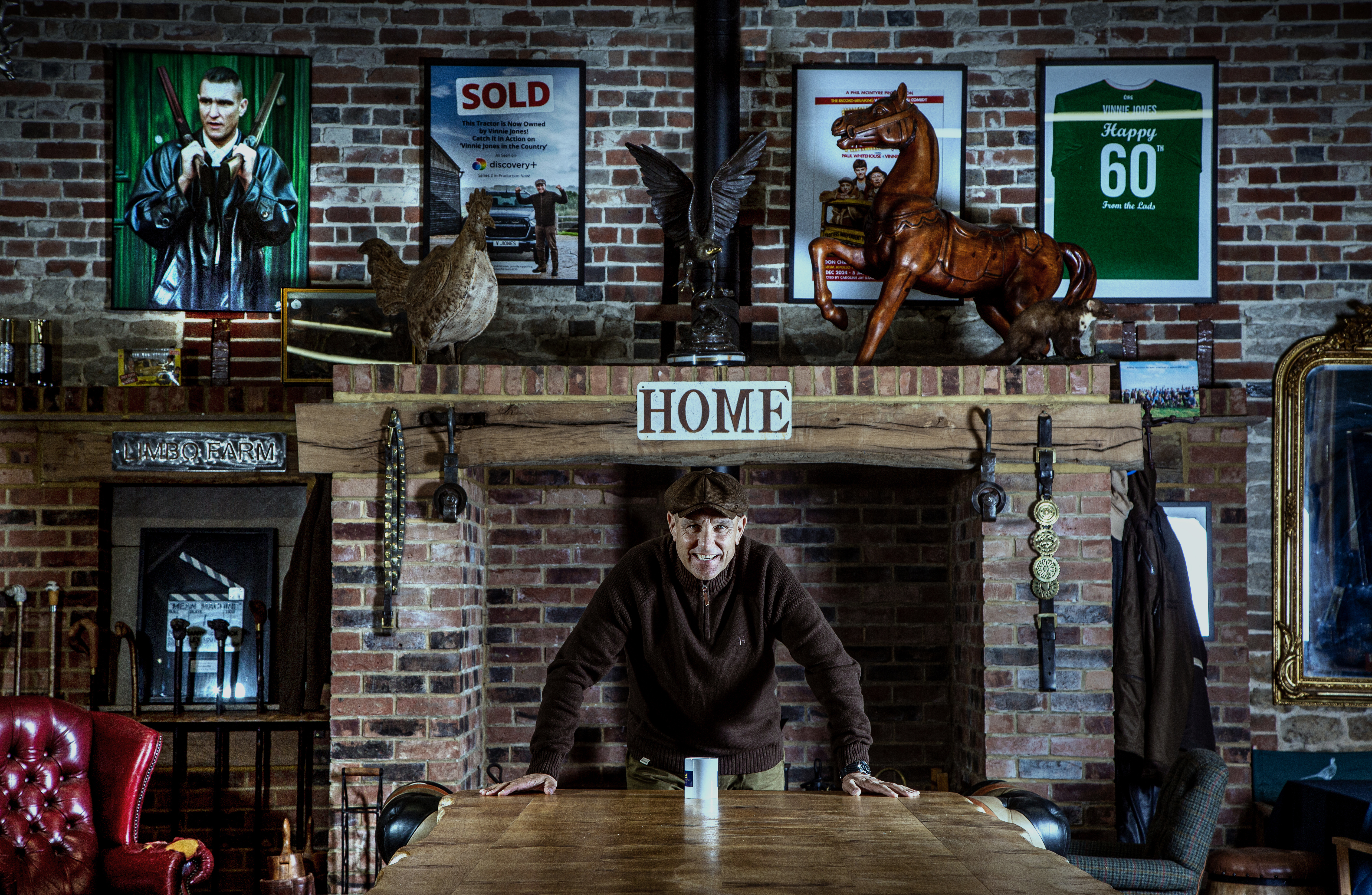 ‘My football made me, my countryside saved me’: Vinnie Jones on going from the rough and tumble of the football pitch to the sanctuary of his West Sussex estate
‘My football made me, my countryside saved me’: Vinnie Jones on going from the rough and tumble of the football pitch to the sanctuary of his West Sussex estateA return to the land has been a redemptive journey for the gamekeeper’s son and former tough midfielder Vinnie Jones, finds Mary Skipwith.
-
 The quaint Alpine village that got taken over by The Beatles
The quaint Alpine village that got taken over by The BeatlesThe Beatles visited the Austrian resort of Obertauern to film their 1965 film Help!. Despite a distinct lack of prowess on the slopes, the Fab Four got by with a little help from some new-found friends, discovers Russell Higham.
-
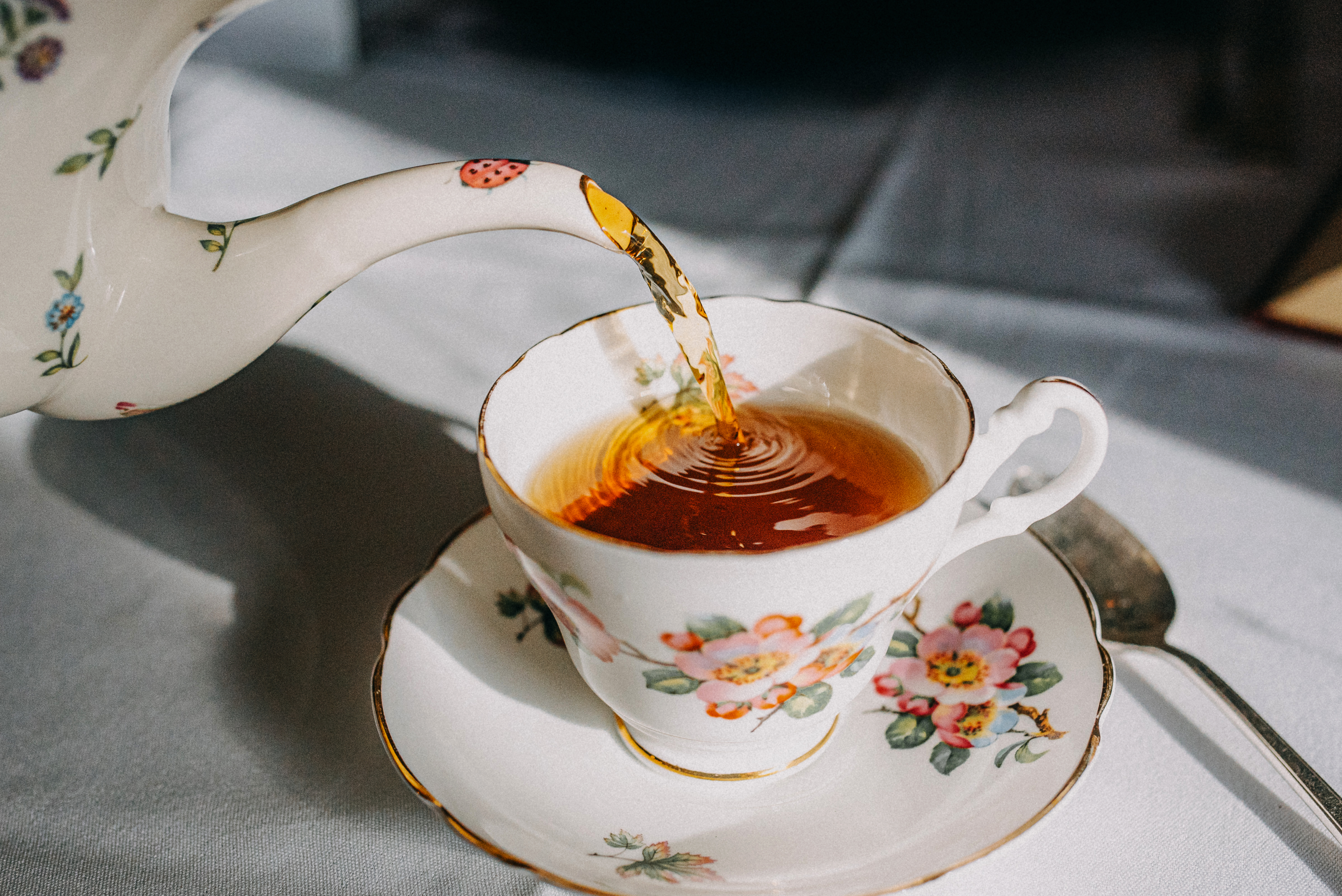 11 golden rules for making a perfect cup of tea
11 golden rules for making a perfect cup of teaWe drink tea every day, but are we doing it correctly? Who decided on the rules and do they really matter? Jonathon Jones reveals all.
-
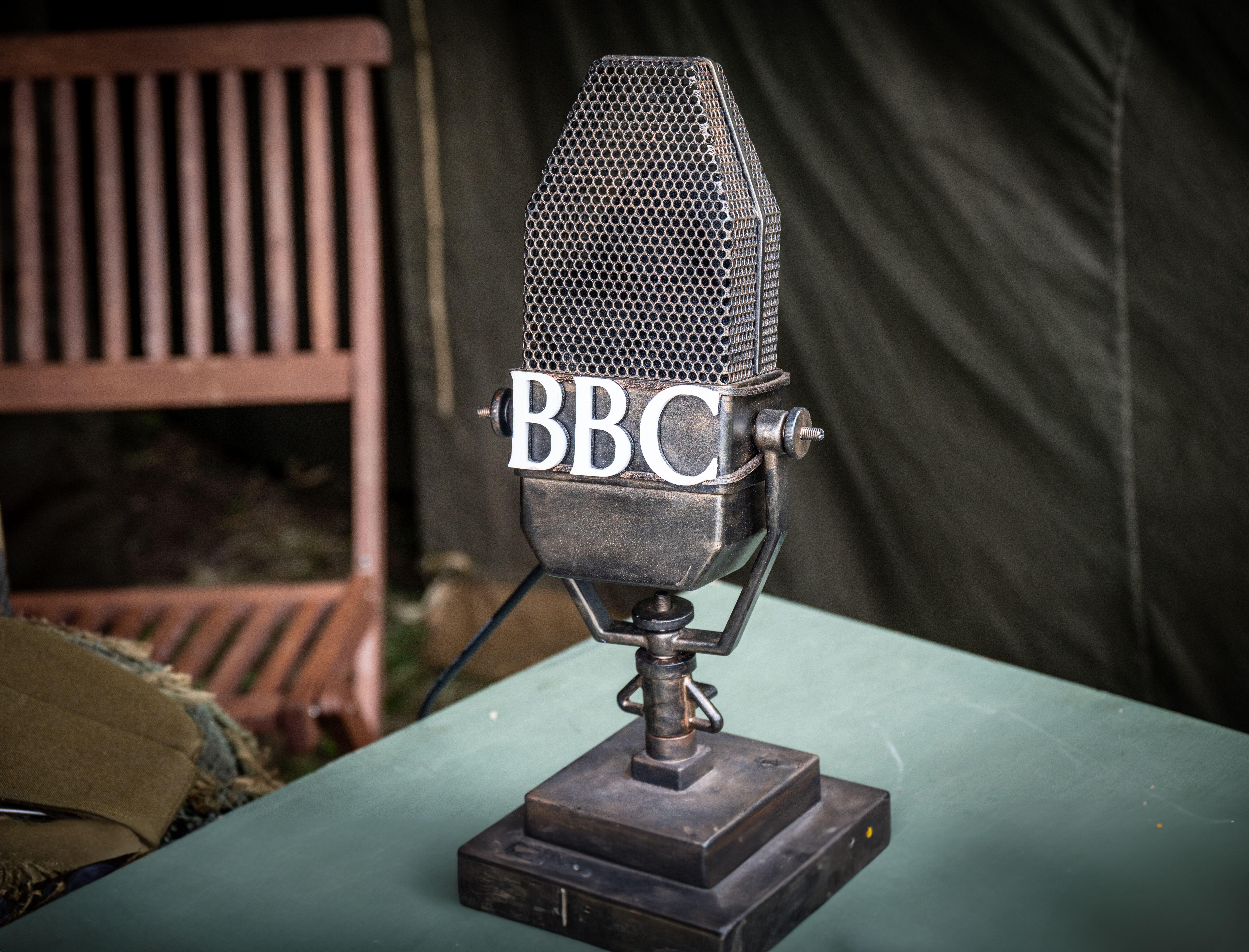 Curious Questions: What is the greatest April Fool's prank ever played?
Curious Questions: What is the greatest April Fool's prank ever played?As April 1 looms, Martin Fone tells the tale of one of the finest stunts ever pulled off.
-
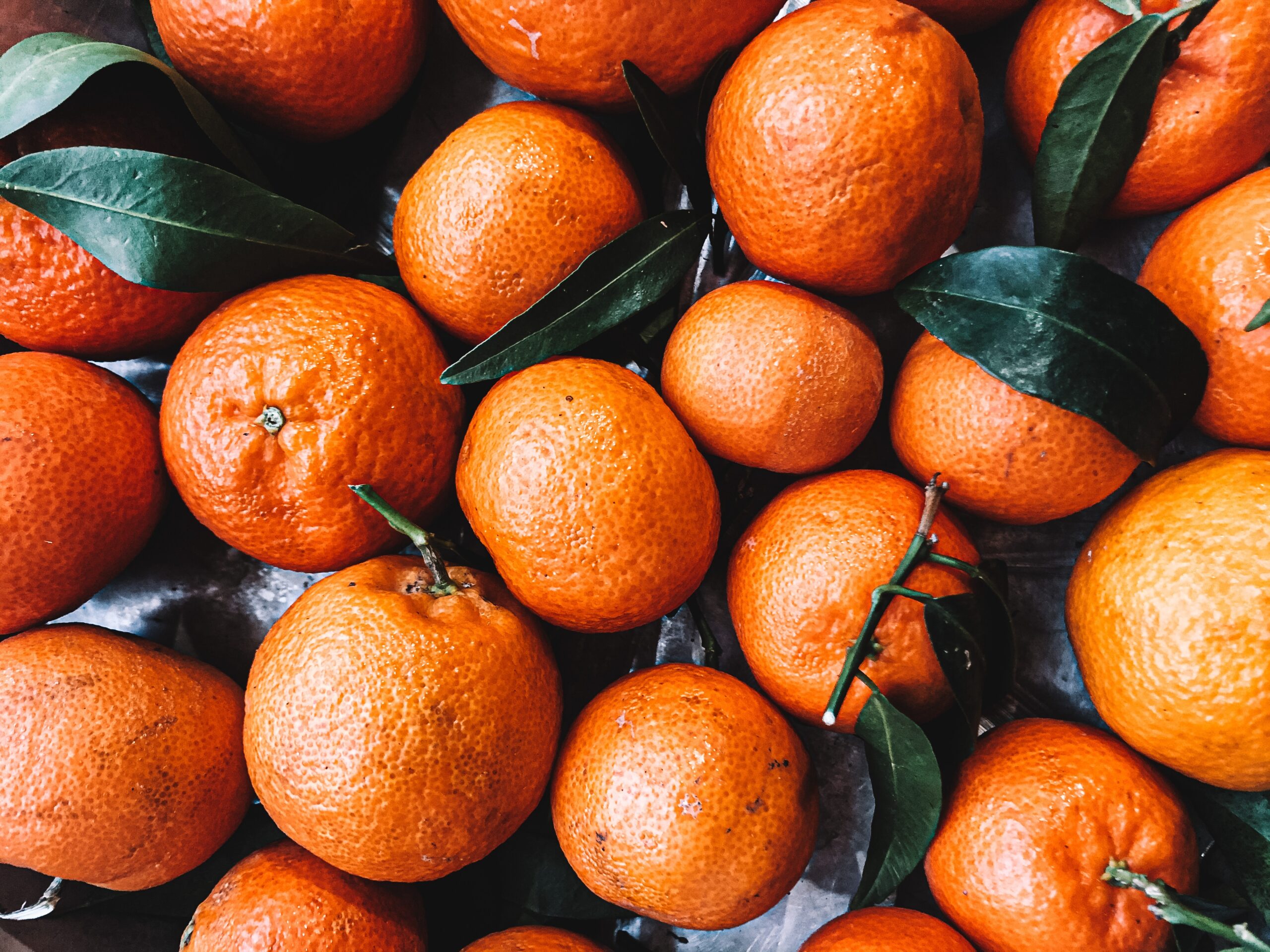 Curious questions: Why do we use Seville oranges to make marmalade?
Curious questions: Why do we use Seville oranges to make marmalade?Why do we use Seville oranges to make marmalade when there are more than 400 other varieties available worldwide? And do they really make the best preserve? Jane Wheatley investigates.
-
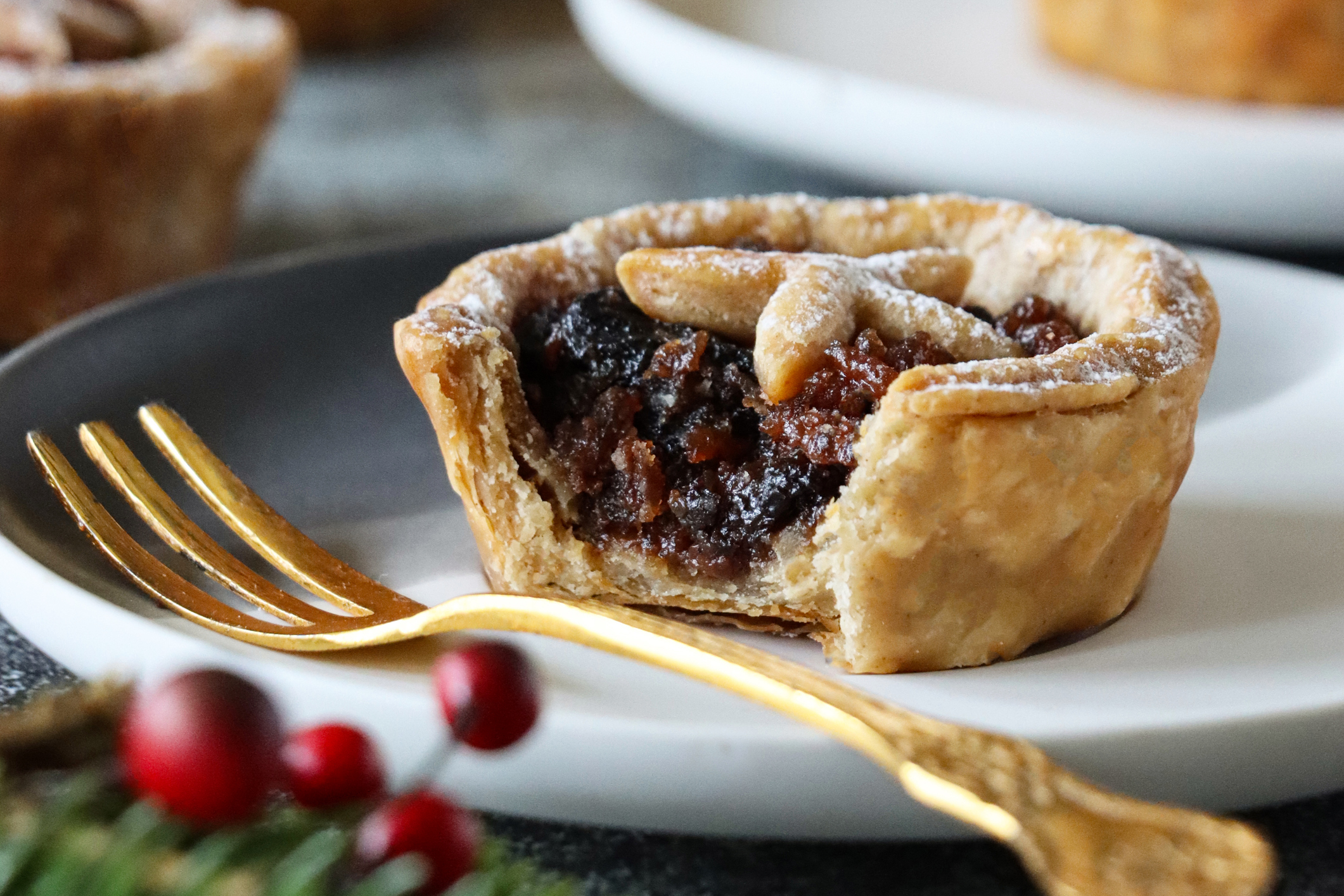 Mince pies really did once contain meat — and this Victorian recipe will convince you that they should to this day
Mince pies really did once contain meat — and this Victorian recipe will convince you that they should to this dayOnce packed with meat, such as ox tongue and mutton, alongside dried and candied fruit and extravagant spices, the mince pie is not what it once was — and food historian Neil Buttery says that's made them worse.
-
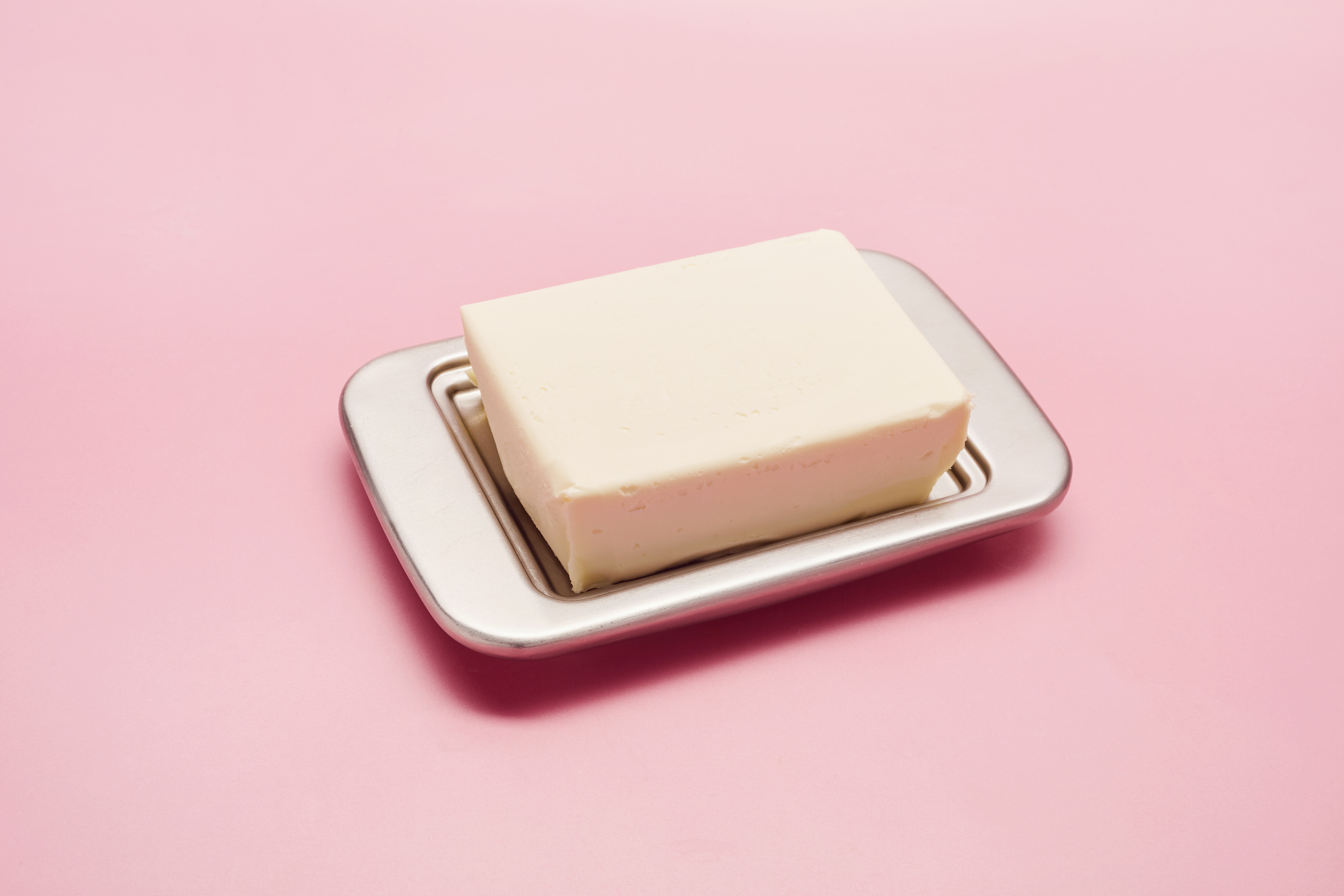 Curious Questions: Margarine used to be pink — but why?
Curious Questions: Margarine used to be pink — but why?Margarine has been a staple of our breakfast tables for over a century, but it hasn't always had a smooth ride — particularly from the dairy industry, who managed to impose a most bizarre sanction on their easily-spreadable, industrially mass-produced rival. Martin Fone explains.
-
 Curious Questions: Wine has been made in Britain for over 1,000 years — so why have we only just turned it into an industry?
Curious Questions: Wine has been made in Britain for over 1,000 years — so why have we only just turned it into an industry?With the UK wine industry booming, Martin Fone takes a look at its history.
-
 Curious Questions: What is mock turtle soup? And did it come before or after 'Alice in Wonderland'?
Curious Questions: What is mock turtle soup? And did it come before or after 'Alice in Wonderland'?Martin Fone delves into the curious tale of an iconic Victorian delicacy: mock turtle soup.
-
 A game of two halves — how the sandwich went from humble fare to a country-wide lunchtime obsession
A game of two halves — how the sandwich went from humble fare to a country-wide lunchtime obsessionWhat started life as a way to eat and play cards at the same time (so the story goes) is now the lunch of choice for the working world.

